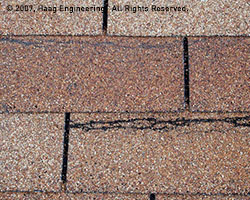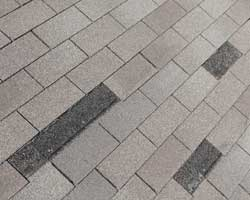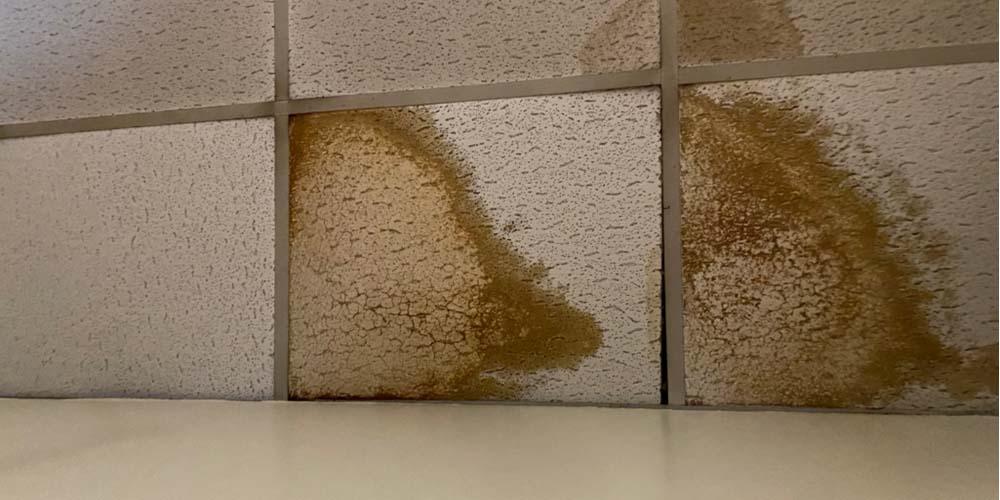In 2021 alone, there were more than 13,000 reports of severe wind weather. If you live in an area that is not tornado or hurricane-prone, wind damage may not even cross your mind. The truth is that wind damage can happen anywhere! The less aware you are of wind damage, the more likely your roof can be severely damaged over time. Being able to identify what wind damage looks like on a roof helps keep your home safe!
It is important to be mindful of the high-speed wind storms that could happen in your area to know the risk that your roof could experience wind damage. Wind damage to a roof typically affects the shingles the most, so it's important to know what wind speeds your shingles can withstand. Roof shingles usually can tolerate up to 60 mile per hour winds but it depends on the series of the shingle for high wind ratings. However, if you live in a tornado or hurricane-prone area, you may want to go for a metal roof that can combat winds up to 140 miles per hour.
Moreover, one wind storm does not necessarily cause extreme damage to your roof. Over time, slower and weaker winds can begin to lift up your shingles. As your shingles lift up, your roof is now susceptible to water damage. Older roofs are also more likely to experience wind damage.

How To Spot Wind Damage on Your Roof
The most prominent type of roof damage is shingles being blown off the roof deck. Missing shingles means your roof is not impervious to precipitation, which can lead to water damage. While missing shingles can be easy to spot, a broken adhesive seal can be a problem. This is harder to spot but leaves the water-shedding protection broken.
If you have experienced a storm with strong winds or see any missing shingle spots on your roof, schedule your free roof inspection today with Roof It Forward today.

What Wind Damage Looks Like on Your Roof
The most common signs of wind damage are:
Missing shingles
- This is one of the easiest ways to spot wind damage. Shingles being ripped off can leave your roof and home vulnerable to water damage.
Cracked, torn, or curled shingles
- Shingles can curl from strong winds. Any loose edges can allow water to reach the lower levels of your roofing. Winds can cause shingles to be lifted up and then cracked or torn if they are not fully ripped.
- This is normally a quite noticeable form of roof damage. The debris is mostly tree branches but can be other objects as well.
- Similar to hail damage, wind can cause the sandpaper life surface to wear away. These granules tend to gather in your gutters.
- This is a sign of water damage. If your shingles are no longer fully intact, water damage is extremely likely. This is one of the easiest ways to spot water damage caused by wind damage. However, by the time you notice these spots, the water damage can be quite extensive in your roof and home.
Water spots or mold in your attic
- This is another sign of water damage caused by wind damage. However, it is also a sign that the damage has been around for a while and can require intensive repair.
The Most Wind Resistant Roofs: Materials

It's important to have high-quality shingles on your roof to prevent wind damage. Owens Corning offers the Duration Series shingle, one of the best shingles on the market. With their Surenail® Technology, these shingles are strong and durable to keep your roof and home safe. The triple layer of reinforcement in the nailing section of the shingle can protect against wind uplift. There is also a 130 mph wind warranty on these shingles. The Duration series shingle is the go-to shingle for ARAC Roof It Forward roof installations.
There are additional materials that could assist in preventing extensive wind damage to your roof. Roof clips are steel clips that clamp rafters and trusses to the rafters in your roof, which makes it harder for the wind to lift up your shingles.
Schedule a Free Wind Damage Roof Inspection
If you have experienced a wind storm recently in your area, your shingles could have sustained extreme damage, leaving your home susceptible to additional damage. If the strong winds caused roof damage and it was above the wind speed written in your shingle manufacturer's warranty, you can file a claim with your home insurance company. If the wind speed was below the wind coverage, you'll want to contact the shingle manufacturer directly to file a claim.
No matter who you need to file a claim with, it's important to take care of this damage as soon as you can. The longer you wait, the more damage that could happen to your roof and home. Our professionals at ARAC Roof It Forward will be able to assess the damage as we offer a free video roof inspection!
Schedule your free roof inspection today with Roof It Forward so we can evaluate your roof for any wind damage.